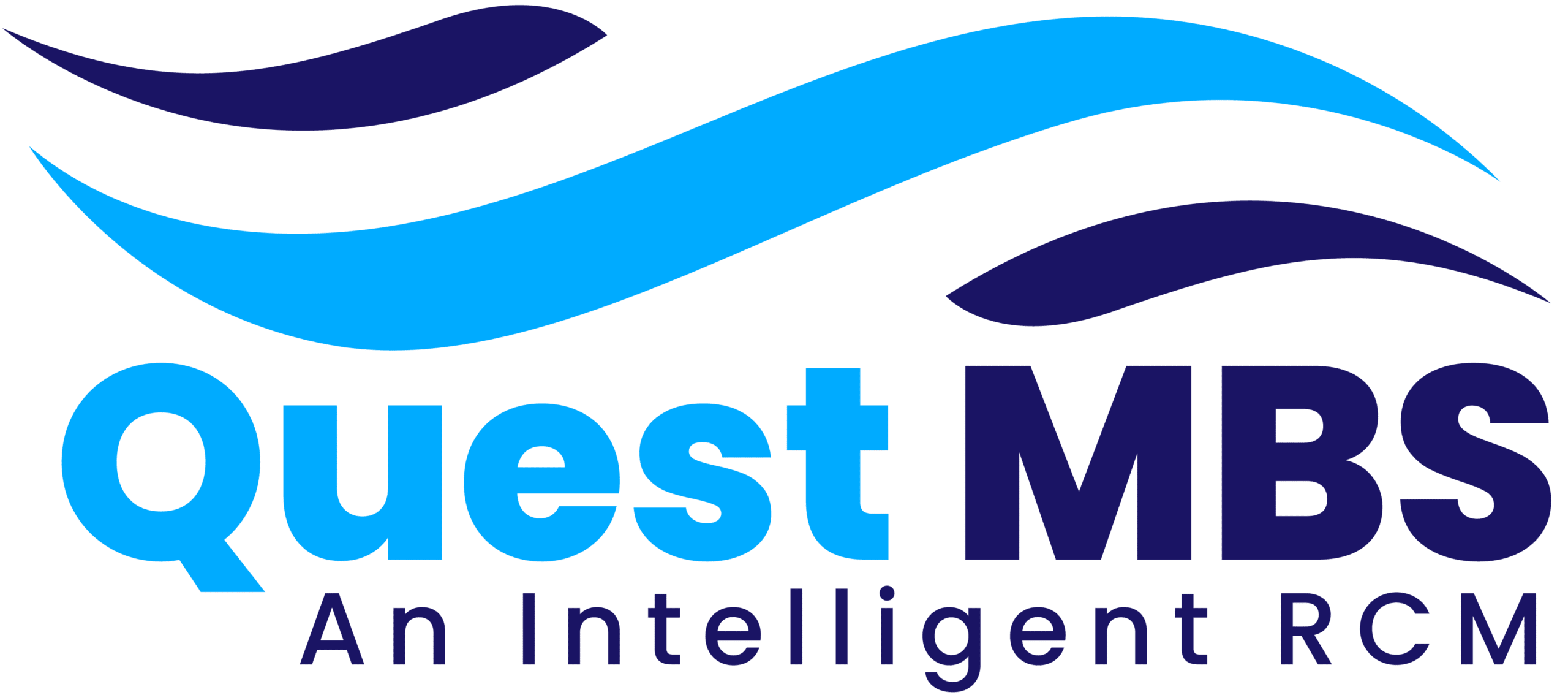Introduction:
Electronic Health Records (EHR) have transformed the healthcare industry by replacing paper-based records with digital systems that store patient information securely and efficiently. One of the most significant areas impacted by EHR is medical billing, which involves processing claims, ensuring reimbursement, and maintaining accurate financial records for healthcare providers.
The implementation of EHR has led to increased accuracy, efficiency, and compliance in medical billing. However, it also presents challenges such as system integration, training, and security concerns. This article explores how EHR impacts medical billing, its advantages and challenges, and best practices for maximizing its benefits.
Understanding Electronic Health Records (EHR):
EHR is a digital version of a patient’s medical history maintained by healthcare providers. It includes:
- Patient demographics
- Medical history
- Diagnoses and treatments
- Medications and allergies
- Lab test results
- Physician notes
- Billing and insurance information
EHR systems are designed to improve healthcare delivery by enabling seamless communication between healthcare professionals, reducing medical errors, and streamlining administrative processes, including billing.
The Role of EHR in Medical Billing:
Medical billing is a complex process that involves coding medical services, submitting insurance claims, and ensuring providers receive payment for services rendered. EHR plays a crucial role in automating and optimizing this process.
1. Integration of Clinical and Billing Data:
EHR systems integrate clinical documentation with billing data, reducing discrepancies between medical services provided and what is billed. This integration ensures that:
- Patient diagnoses and treatments are accurately recorded.
- CPT (Current Procedural Terminology) and ICD-10 codes are correctly assigned.
- Claims reflect actual services rendered, reducing billing errors.
2. Improved Accuracy in Medical Coding:
Medical billing relies on correct coding using:
- ICD-10 codes for diagnoses
- CPT codes for procedures
- HCPCS codes for medical supplies and equipment
EHR systems use automated coding tools to suggest appropriate codes based on patient records. This minimizes human error and reduces claim denials due to incorrect coding.
3. Faster Claims Submission and Processing:
Traditional paper-based billing was slow and prone to errors. With EHR, claims can be:
- Electronically submitted to insurance companies.
- Pre-checked for errors before submission.
- Processed faster, leading to quicker reimbursements for providers.
4. Reduction in Claim Denials:
Insurance companies often deny claims due to incomplete or incorrect documentation. EHR helps in:
- Ensuring all required patient data is included.
- Verifying insurance eligibility before submitting claims.
- Using automated alerts to notify staff about missing information.
This leads to a higher claim acceptance rate, reducing revenue loss for healthcare providers.
5. Enhanced Compliance with Regulations:
Medical billing must comply with regulations such as:
- Health Insurance Portability and Accountability Act (HIPAA) for patient data security.
- Centers for Medicare & Medicaid Services (CMS) guidelines for claim submissions.
EHR systems automate compliance by ensuring:
- Patient data is stored securely.
- Claims meet insurance and government standards.
- Auditable records are maintained to prevent fraud.
6. Improved Revenue Cycle Management (RCM):
Revenue Cycle Management (RCM) involves managing a patient’s financial interactions with a healthcare provider, from appointment scheduling to final payment. EHR enhances RCM by:
- Automating insurance verification.
- Sending billing reminders to patients.
- Tracking outstanding payments and claims.
By improving RCM, EHR helps increase cash flow and reduce financial losses for healthcare organizations.
7. Real-Time Access to Patient Information:
With EHR, billing specialists can instantly access patient records, eliminating delays in claim processing. For example:
- If an insurance company requests additional patient details, billing staff can retrieve them immediately.
- Physicians can document services in real time, reducing discrepancies in claims.
This real-time data access speeds up billing and reduces administrative workload.
Advantages of EHR in Medical Billing:
The adoption of EHR has led to numerous benefits in the medical billing process:
1. Increased Efficiency and Productivity:
- Automated processes reduce the need for manual data entry.
- Billing staff can focus on claim management instead of paperwork.
- Physicians spend less time on documentation, leading to faster patient care.
2. Fewer Billing Errors:
- Automated error detection reduces claim rejections.
- Accurate coding ensures correct reimbursement.
- Fewer errors mean less time spent on corrections and resubmissions.
3. Cost Savings
- EHR reduces costs associated with paper records and manual billing.
- Fewer claim denials mean more revenue retention.
- Automated billing reduces the need for additional administrative staff.
4. Better Patient Experience
- Patients receive transparent billing statements with detailed service breakdowns.
- Online payment options integrated with EHR provide convenience.
- Fewer billing disputes due to clear documentation.
5. Compliance and Security
- Built-in HIPAA compliance ensures patient data protection.
- Audit trails help prevent fraud and track billing discrepancies.
- Secure access controls minimize unauthorized data access.
Challenges of EHR in Medical Billing:
Despite its advantages, implementing EHR in medical billing comes with challenges:
1. High Implementation Costs:
- EHR systems require significant investment in software, hardware, and training.
- Smaller healthcare providers may struggle with initial costs.
2. Staff Training and Adaptation:
- Billing and medical staff need training to use EHR effectively.
- Resistance to change can slow adoption.
3. System Integration Issues:
- EHR must integrate with existing billing systems and insurance portals.
- Compatibility issues can cause delays in claims processing.
4. Data Security Risks:
- Digital records are vulnerable to cyberattacks and data breaches.
- Strict security measures are needed to protect sensitive patient information.
5. Technical Downtime
- If the EHR system crashes or experiences downtime, billing processes may be disrupted.
- Backup and recovery plans are essential.
Best Practices for Maximizing EHR Benefits in Billing:
To overcome challenges and make the most of EHR in billing, healthcare providers should follow these best practices:
1. Choose the Right EHR System:
- Select an EHR that integrates seamlessly with your billing software.
- Ensure it has features like automated coding, compliance tracking, and claim management.
2. Train Staff Effectively:
- Conduct regular training sessions for billing and medical staff.
- Provide ongoing support to help employees adapt to EHR changes.
3. Maintain Data Security and Compliance:
- Use encryption and access controls to protect patient data.
- Regularly update the system to comply with the latest HIPAA and insurance regulations.
4. Automate Revenue Cycle Management:
- Implement automated reminders for unpaid bills.
- Use AI-based predictive analytics to forecast claim acceptance rates.
5. Conduct Regular System Audits:
- Monitor claim rejection patterns and fix recurring issues.
- Perform EHR security audits to identify potential vulnerabilities.
Conclusion:
Electronic Health Records (EHR) have significantly improved the medical billing process by enhancing accuracy, speeding up claims processing, reducing errors, and ensuring compliance with regulations. While challenges such as implementation costs, staff training, and data security remain, adopting best practices can maximize the benefits of EHR in medical billing.
As healthcare continues to embrace digital transformation, the integration of EHR with advanced billing systems will become even more critical, ensuring efficient financial management, improved patient care, and streamlined healthcare operations.







